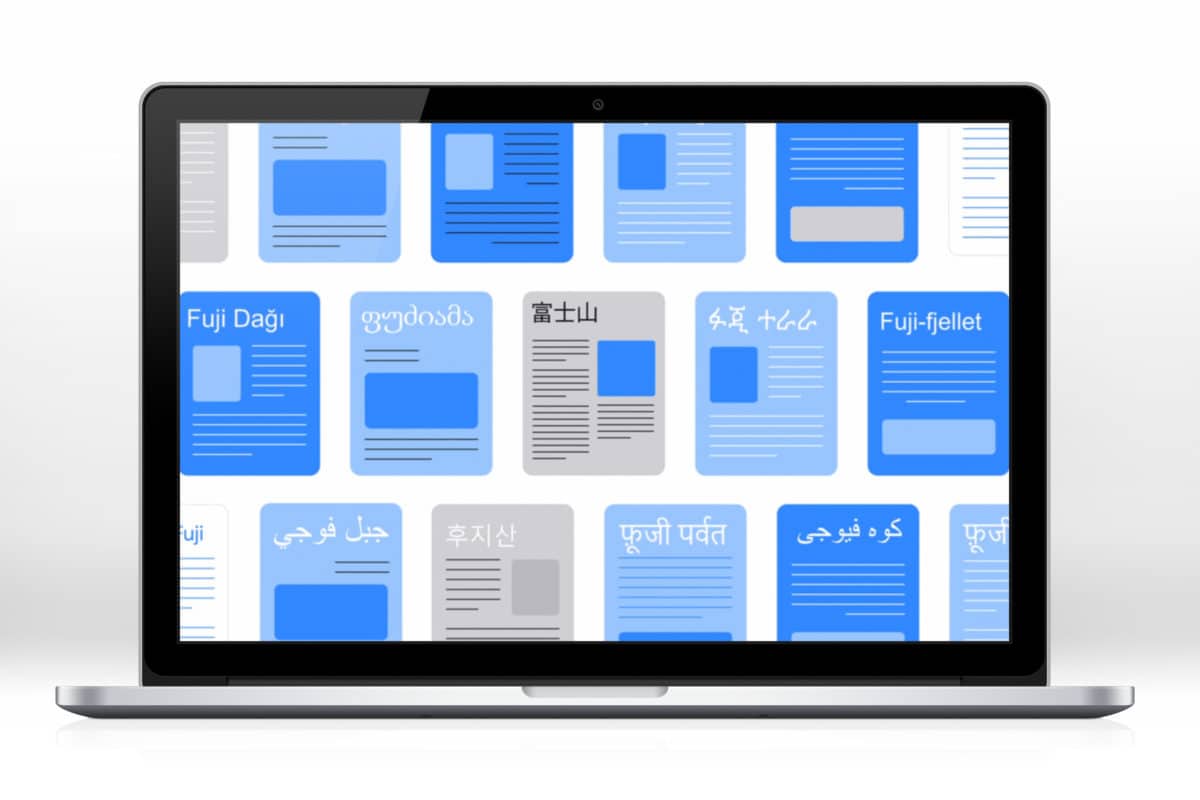Introduction to Google MUM, Google’s Revolutionary New Algorithm Succeeding Google BERT
Estimated reading time 5 minutes

What is Google MUM?
At the last Google I/O 2021 event, Google announced the new version of its algorithm based on artificial intelligence named MUM for Multitask Unified Model .MUM will succeed the BERT algorithm launched in 2019, which we mentioned in a previous blog post
According to Google, MUM is 1000 times more powerful than BERT and can work in multitasking mode. MUM is based on an open source Transformer architecture (nothing to do with Bumblebee!). For the more geeky among us, Transformer is a recurrent neural network (see our article on artificial intelligence and machine learning) that can understand the context of queries without it being explicitly given
According to Google,“Like BERT, Google Helpful Content, MUM is built on a Transformer architecture, but it is 1,000 times more powerful and can multitask to identify information in new ways. MUM not only understands language, it also generates it. It is trained in 75 different languages and many different tasks at once, allowing it to develop a more complete understanding of information and knowledge of the world than previous models. And MUM is multimodal, meaning that it understands information through text and images, and in the future it will be able to extend to other modalities such as video and audio. (…) We have already launched internal pilots with MUM and are excited about its potential to improve Google products. “(Source Google Blog)
Google MUM is 1000 times more powerful than the current Google Bert algorithm!
Based on the observation that it takes an average of eight queries to answer certain searches, MUM will make it possible to answer complex queries in a relevant way, such as the one given as an example by Google:“I hiked Mount Adams and I want to hike Mount Fuji next autumn, what should I do differently to prepare myself? In complex queries like this, it’s about combining entities, feelings and intentions to understand the meaning of something. Machines have difficulty understanding human language, but language models like BERT and MUM come close.
MUM goes even further by processing language and adding video and images, because it is multimodal, which Google says means“it can understand information from different formats simultaneously, such as web pages, photos and so on. One day you might take a picture of your hiking boots and ask, ‘Can I use these to climb Mount Fuji? MUM will understand the image and link it to your question to tell you that your shoes are perfect. It may then direct you to a blog with a list of recommended equipment.
Google MUM understands 75 languages and can generate content to answer you
This means it can generate a rich result that answers the query by presenting brand new content. MUM will even be integrated with Google Lens, so you can point your camera at your hiking boots and ask if they are suitable for that hike to Mount Fuji!
MUM is capable of understanding 75 languages, understanding information in text but soon also in images, audio or video! MUM will also be able to produce content to render these results
The Google MUM algorithm is still in the testing phase and will be deployed progressively over the coming months and years
Google is gradually moving towards a search engine based entirely on AI (Artificial Intelligence). By the way, can we still talk about a “search engine” or is it a “knowledge presentation machine”?
LaMDA: a new technology for communicating with artificial intelligence
LaMDA, or Language Model for Dialog Applications, is another important element of Google’s presentation at its I/O 2021 conference. It is a new technology that allows you to communicate with an AI – such as a chatbot for example – in a much more natural way. It can converse in a more fluid way than previous AIs. Chatbots get confused easily when you change the subject of the conversation or when the context is ambiguous. When will the Turing test come?
Artificial intelligence (AI) and ethics
These developments in Google’s artificial intelligence also raise ethical questions. For example, if Google can actually read, hear and see content in all languages and repackage it in a new format – with the context and content generated by the AI – who owns it?
And who is responsible for the content of these automated results? And what about AI bias? Bias and ethics are very important topics in AI, and if we are to truly move towards an AI-powered future, we need to be assured of its neutrality and reliability. Of course, Google specifically mentions AI bias in its message and continues to shape the model. Good news but is it enough?